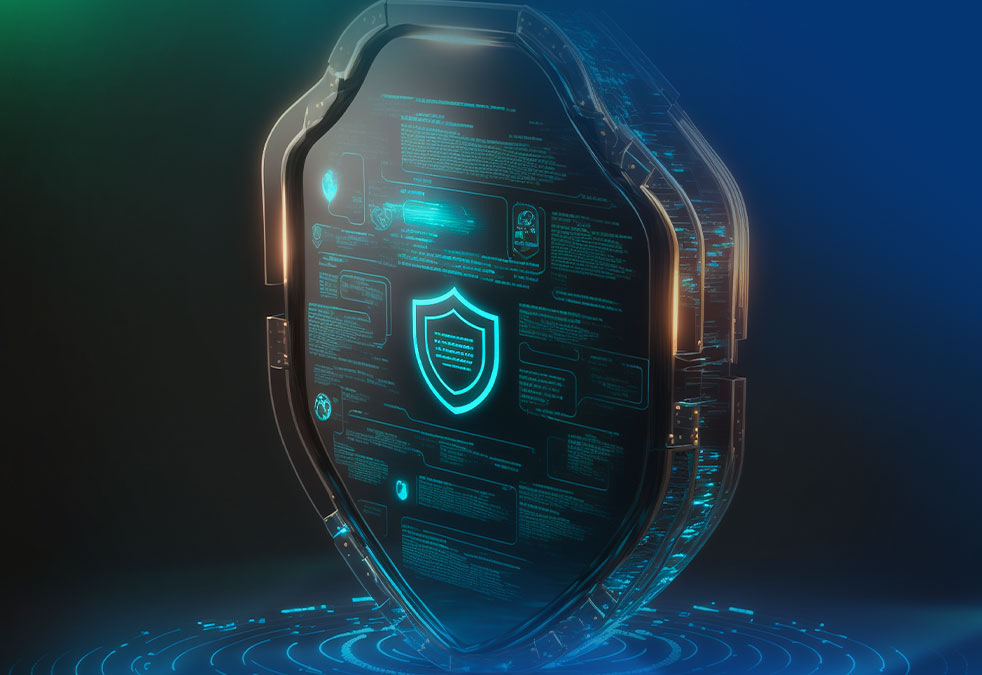Thousands of devices and applications used by corporate users generate an endless amount of data. However, mountains of data do not always provide valuable information. If you want to take the best from data, it is necessary to know what are your looking for.
- What type of information do you need?
- What regulations does your company need to meet?
Therefore, you need to understand what’s the goal of collecting data from day one of creating your cybersecurity strategy. It can, for instance, speed up incident response or ensure compliance with applicable standards across different segments.
If you have a high number of alerts but are not able to respond in an organized and efficient manner, or can not assess a suspicious context with assertiveness, something needs to be changed. At this point, a centralized management tool can greatly assist in managing different cybersecurity products while consolidating and archiving logs.
What is log management?
The definition of the National Institute of Standards and Technology (NIST) is as follows:
the process for generating, transmitting, storing, analyzing, and disposing of computer security log data.
In practice what does this mean?
That there is data that needs to be closely monitored. Therefore, an efficient security management process needs to define:
- What data need log?
- How will they be stored?
- How long should them be kept?
These answers need to guide the choice of hardware, software, security policies etc.
Download now: Cibersecurity Pocket Guide I
Why do you need centralized management?
- To gain more visibility – by collecting and centralize data, the management software provides activity reports of all traffic and connections, simplifying the analysis of security events, taking into account the entire infrastructure of the company, including different units (branches). More visibility results in better cybersecurity posture, as well as provide insights into incident response.
- To document network activities – by default, to hide malicious actions in the network, malicious code attempts to delete system logs, erasing intrusion traces. By protecting relevant activity data in a single location, you resume these logs for future consideration of a security event.
- To ease the burden on the firewall – Most firewalls (and also routers) save some buffer for logs. However, this space is limited. When you reach the limit, the oldest records are discarded to make room for new ones. The log centralizer has disks with greater storage capacity, which allows you to evaluate data in larger time intervals, identifying new patterns that indicate suspicious or inappropriate activities.
- To ensure compliance – Each business segment is regulated by different standards, which companies must comply with, under penalty of legal sanctions. Log management software must provide reports of the collected data and therefore, if data is managed by following the regulations of each industry, it will be possible to present evidence of compliance more easily. Conversely, when reporting compliance failures, these reports provide the evidence needed to correct the breaches.
It should be noted that a good security management from system logs will greatly benefit from:
- Well-defined configuration, aligned with the collection goals and avoiding false positives;
- Centralized deployment of policies;
- Simple, intuitive reports that help the administrator identify events and set corrective actions.
Blog and media: Read more articles like this
With more than 5,000 clients, Blockbit is one of the leading manufacturers of cybersecurity solutions, empowering businesses to protect themselves against a wide range of threats, vulnerabilities, and cyberattacks, whether internal or external, generic or specific.

